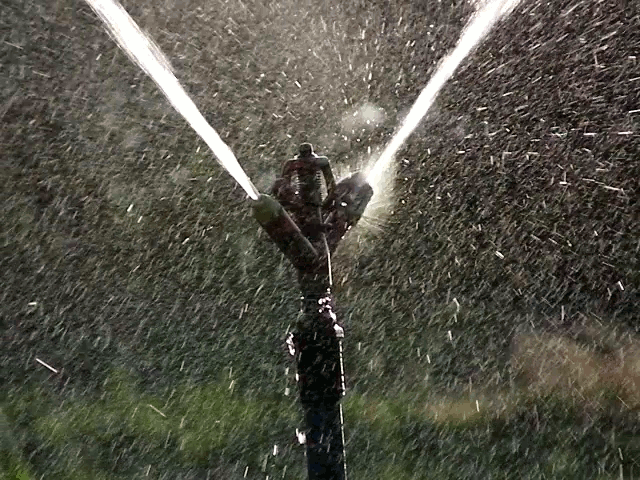PART V- DISASTER
How do we let it burn?
Acres to burn. Source: Tumblr
Droughts, changing climates, wildfires? What do these all have in common? I'll outline how the climate induced droughts are increasing the risk of wildfires!
Warmer temperatures and less precipitation can dramatically increase the chance of forest fires. Western American forests are more prone to fires roughly a month after snowmelts (National Wildlife Foundation). With earlier snowmelts in the Southwest, the longer fire season becomes. Drought also reduces the moisture of forests leaving them more readily combustible (The Nature Conservancy). In addition, warmer temperatures can increase thunderstorm severity and bring more frequent lightening creating more fires (National Wildlife Foundation). Warmer temperatures are also conductive for spreading invasive insects in forests which in turn weaken the trees rendering them more readily combustible (National Wildlife Foundation). It's clear that as temperatures get warmer and drought increases in the Southwest, the forests will be more prone to burning whether or not they actually do. The threat is increasing in one of the fastest growing regions in the U.S.
Perhaps drought and fire is something unique to the Southwest? Well I want to draw you're attention to an Eastern Canadian study. Carcaillet et al (2001) reconstructed fire regimes from lake cores and conclude that the drying of the climate 2-3000 Y.B.P. allowed for more drought and increased fires. Forests on different sides of continents experience similar drought and fire structuring so the Southwest is not an anomaly.
How do we measure this drought/fire relationship? The Palmer Drought Severity Index (PDSI or Palmer Drought Index) is a long-term meterological moisture index (NOAA 2013). As such the PDSI is an indicator of wildfire risk as long-term aridification or drought is more indicative of fire threat than one day without rain (Patterson 2013). However, PDSI is not a perfect indicator. It is not always able to predict the extent of area that burns in a fire (Gedalof et al. 2005). In addition, fires don't just happen; there needs to be a cause so drought does not necessarily mean a fire is imminent. Overall, the PDSI is a good indicator of the fire season severity, despite its shortcomings, and can be useful in predicting this up to a year before the season (Gershunov et al. 2003). While PDSI may not be perfect, it is a good starting place for fire management and can help begin to tackle the increased risk of fires in a drying climate. Next time we'll dive into the media frenzy of recorded fires in the Southwest but for now check out the most recent PDSI:
Some clear regional differences in moisture. U.S. PDSI Source: NOAA 2014



































